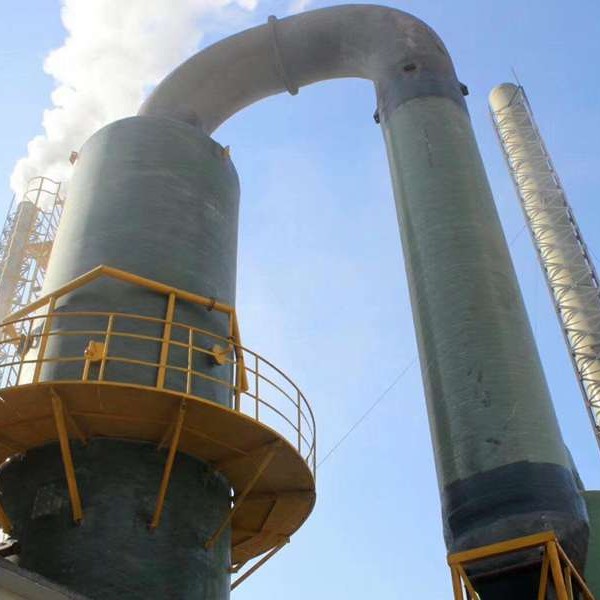
-
 Afrikaans
Afrikaans -
 Albanian
Albanian -
 Amharic
Amharic -
 Arabic
Arabic -
 Armenian
Armenian -
 Azerbaijani
Azerbaijani -
 Basque
Basque -
 Belarusian
Belarusian -
 Bengali
Bengali -
 Bosnian
Bosnian -
 Bulgarian
Bulgarian -
 Catalan
Catalan -
 Cebuano
Cebuano -
 China
China -
 China (Taiwan)
China (Taiwan) -
 Corsican
Corsican -
 Croatian
Croatian -
 Czech
Czech -
 Danish
Danish -
 Dutch
Dutch -
 English
English -
 Esperanto
Esperanto -
 Estonian
Estonian -
 Finnish
Finnish -
 French
French -
 Frisian
Frisian -
 Galician
Galician -
 Georgian
Georgian -
 German
German -
 Greek
Greek -
 Gujarati
Gujarati -
 Haitian Creole
Haitian Creole -
 hausa
hausa -
 hawaiian
hawaiian -
 Hebrew
Hebrew -
 Hindi
Hindi -
 Miao
Miao -
 Hungarian
Hungarian -
 Icelandic
Icelandic -
 igbo
igbo -
 Indonesian
Indonesian -
 irish
irish -
 Italian
Italian -
 Japanese
Japanese -
 Javanese
Javanese -
 Kannada
Kannada -
 kazakh
kazakh -
 Khmer
Khmer -
 Rwandese
Rwandese -
 Korean
Korean -
 Kurdish
Kurdish -
 Kyrgyz
Kyrgyz -
 Lao
Lao -
 Latin
Latin -
 Latvian
Latvian -
 Lithuanian
Lithuanian -
 Luxembourgish
Luxembourgish -
 Macedonian
Macedonian -
 Malgashi
Malgashi -
 Malay
Malay -
 Malayalam
Malayalam -
 Maltese
Maltese -
 Maori
Maori -
 Marathi
Marathi -
 Mongolian
Mongolian -
 Myanmar
Myanmar -
 Nepali
Nepali -
 Norwegian
Norwegian -
 Norwegian
Norwegian -
 Occitan
Occitan -
 Pashto
Pashto -
 Persian
Persian -
 Polish
Polish -
 Portuguese
Portuguese -
 Punjabi
Punjabi -
 Romanian
Romanian -
 Russian
Russian -
 Samoan
Samoan -
 Scottish Gaelic
Scottish Gaelic -
 Serbian
Serbian -
 Sesotho
Sesotho -
 Shona
Shona -
 Sindhi
Sindhi -
 Sinhala
Sinhala -
 Slovak
Slovak -
 Slovenian
Slovenian -
 Somali
Somali -
 Spanish
Spanish -
 Sundanese
Sundanese -
 Swahili
Swahili -
 Swedish
Swedish -
 Tagalog
Tagalog -
 Tajik
Tajik -
 Tamil
Tamil -
 Tatar
Tatar -
 Telugu
Telugu -
 Thai
Thai -
 Turkish
Turkish -
 Turkmen
Turkmen -
 Ukrainian
Ukrainian -
 Urdu
Urdu -
 Uighur
Uighur -
 Uzbek
Uzbek -
 Vietnamese
Vietnamese -
 Welsh
Welsh -
 Bantu
Bantu -
 Yiddish
Yiddish -
 Yoruba
Yoruba -
 Zulu
Zulu
fiberglass clarifier
Understanding Fiberglass Clarifiers A Sustainable Solution for Water Treatment
In the contemporary world, the importance of clean water cannot be overstated. With increasing industrial activities and urbanization, the need for effective water treatment solutions has escalated. One such solution gaining prominence is the fiberglass clarifier, a remarkable advancement in wastewater management technology.
What is a Fiberglass Clarifier?
A fiberglass clarifier is a type of wastewater treatment device made from fiberglass reinforced plastic (FRP). This material is known for its strength, durability, and resistance to corrosion, making it ideal for situations where traditional materials like steel or concrete may fail over time. Fiberglass clarifiers are primarily used in municipal and industrial water treatment plants to separate solids from liquids, thus improving water quality before it is discharged back into the ecosystem or reused for various applications.
How Do Fiberglass Clarifiers Work?
The functioning of a fiberglass clarifier revolves around the principle of sedimentation. Wastewater is fed into the clarifier where it undergoes a natural settling process. The denser particles in the wastewater settle to the bottom, forming a sludge layer, while the cleaner water rises to the top.
The design of fiberglass clarifiers typically includes
1. Inlet Chamber This is where the influent wastewater enters the clarifier at controlled rates, allowing for smooth flow and minimal turbulence.
2. Settling Zone This is the heart of the clarifier where gravity pulls the solids down. The larger the area for sedimentation, the more effective the solids are at settling.
3. Effluent Outlet Once clarified, the clean water is directed out of the clarifier, and can either be sent for further treatment or discharged.
4. Sludge Zone The accumulated sludge at the bottom can be periodically removed and treated or disposed of accordingly.
Benefits of Using Fiberglass Clarifiers
fiberglass clarifier

The adoption of fiberglass clarifiers in water treatment processes provides several significant advantages
1. Corrosion Resistance Unlike traditional materials, fiberglass does not corrode or degrade when exposed to harsh chemicals typically found in wastewater, thus ensuring a longer lifespan.
2. Lightweight and Easy to Transport Fiberglass clarifiers are considerably lighter than their concrete or steel counterparts, which simplifies transportation and installation.
3. Cost-Effective Although the initial investment may be slightly higher, the long-term savings from reduced maintenance and a longer operational life often make fiberglass clarifiers a more economical choice.
4. Low Maintenance Fiberglass structures require less upkeep compared to traditional materials, allowing for better allocation of resources and labor.
5. Efficient Performance The design and engineering of fiberglass clarifiers ensure optimal flow patterns, leading to high rates of clarification and removal of suspended solids.
Environmental Considerations
In an age where sustainability is at the forefront of technological development, fiberglass clarifiers also help minimize environmental impact. By improving the efficiency of wastewater treatment, these systems play a crucial role in reducing pollutants entering water bodies, helping to promote healthier ecosystems.
Furthermore, the ability of fiberglass clarifiers to tolerate a range of pH levels and chemical compositions allows for their application in a variety of industries, from food processing to pharmaceuticals, thereby supporting diverse sectors in their environmental responsibilities.
Conclusion
As societies become more aware of the necessity for sustainable water management, fiberglass clarifiers present an innovative solution to meet these challenges. Their durability, efficiency, cost-effectiveness, and minimal environmental impact make them a preferred option for municipalities and industries alike. As the world continues to grapple with water scarcity and pollution, technologies like fiberglass clarifiers pave the way for a cleaner, more sustainable future. Investing in such advanced water treatment solutions not only benefits the present but also ensures a healthier environment for future generations.









